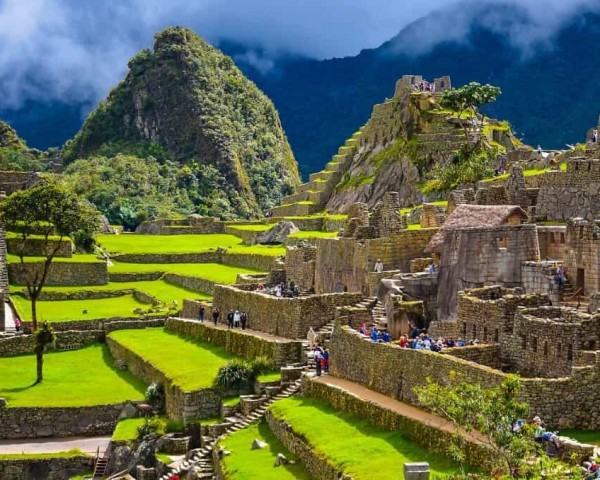Recently, accessing the Historic Area of Machu Picchu has been difficult, causing inconvenience for tourists and tour operators. This was due to a recent accident when a tourist bus crashed and 31 people were injured, including both locals and foreigners. The country’s tourism image was harmed.
The company providing the bus service, Consettur, had to reduce its fleet because several buses were undergoing maintenance. This has led to long lines and delays in transporting visitors.
Normally, Consettur operates around 28 buses to carry tourists from Machu Picchu Pueblo to the citadel, but currently, only 20 buses are in operation. As a result, numerous daily trips have been suspended, affecting hundreds of tourists who struggle to ascend in time. This has caused frustration for those who have waited for hours, or even days, to stick to their travel plans.
Reduced Flow of Visitors
Francisco Basili, the president of the Peruvian Association of Adventure Tourism and Ecotourism (APTAE), expressed his concern about the situation. He mentioned that Consettur had taken six to eight buses out of service for maintenance after the bus crash, significantly reducing their operational capacity.
Basili also explained that each bus can make up to three daily trips. The absence of eight buses reduces the number to 24 daily trips, affecting hundreds of tourists. Due to the delay, the Ministry of Culture is trying to alleviate the situation by allowing those who miss their scheduled ascent to enter the next available slot. However, this does not solve the problem, as many visitors cannot ascend at the end of the day.
Impact on the Country’s Tourism Image
The president of APTAE stated that the reduction in bus frequencies is seriously harming the country’s tourism image. This is especially concerning because the constant flow of international visitors is crucial for the local economy. He mentioned that visitors who cannot visit the sanctuary due to delays often share their negative experiences on social media, damaging the destination’s perception. Additionally, he criticized Consettur, the transportation company, for not implementing preventive maintenance measures before the accident occurred.
The tourism guild has attempted to communicate with the transport company and the relevant authorities, but the responses have been disappointing. According to Francisco Basili, the company has only assured that its maintenance and safety protocols are in place despite the evident daily issues. “The long lines and stranded tourists are clear indicators that the situation is far from normal,” he stated.
MTC (the Ministry of Transport and Communications) has indirectly intervened by temporarily suspending the company responsible for conducting technical inspections of the buses. This indicates a failure in the vehicle’s control and safety system. However, both the Ministry of Tourism and the Ministry of Culture, which are involved in the issue, insist that the company must fulfill its responsibilities and ensure a safe and efficient service.
Monopoly and Possible Solutions
Consettur’s monopoly on transportation to Machu Picchu has faced significant criticism. The tourism guild believes relying on a single company for mechanized access to the Historic Sanctuary is not sustainable. They suggest that new companies offering the same service should be allowed to enter the market, or alternative systems such as a cable car should be implemented to diversify access.
Relying on a monopoly for tourist transportation is never healthy. Furthermore, a single incident, such as a landslide or a bus accident, could disrupt the flow of tourists. These disruptions impact visitors and the local economy, heavily relying on tourism.












